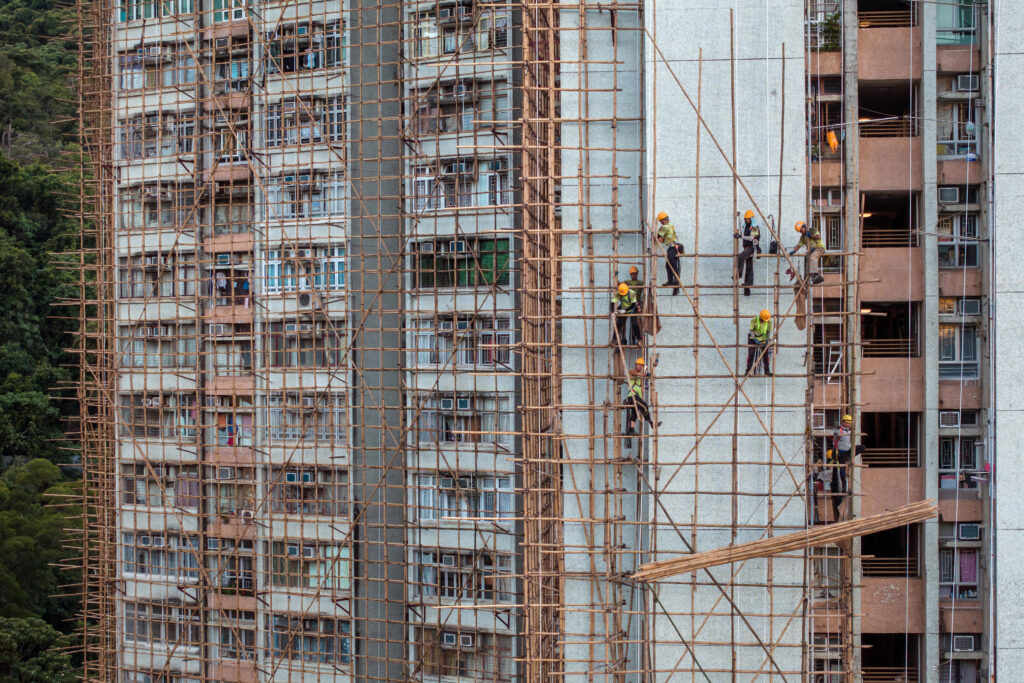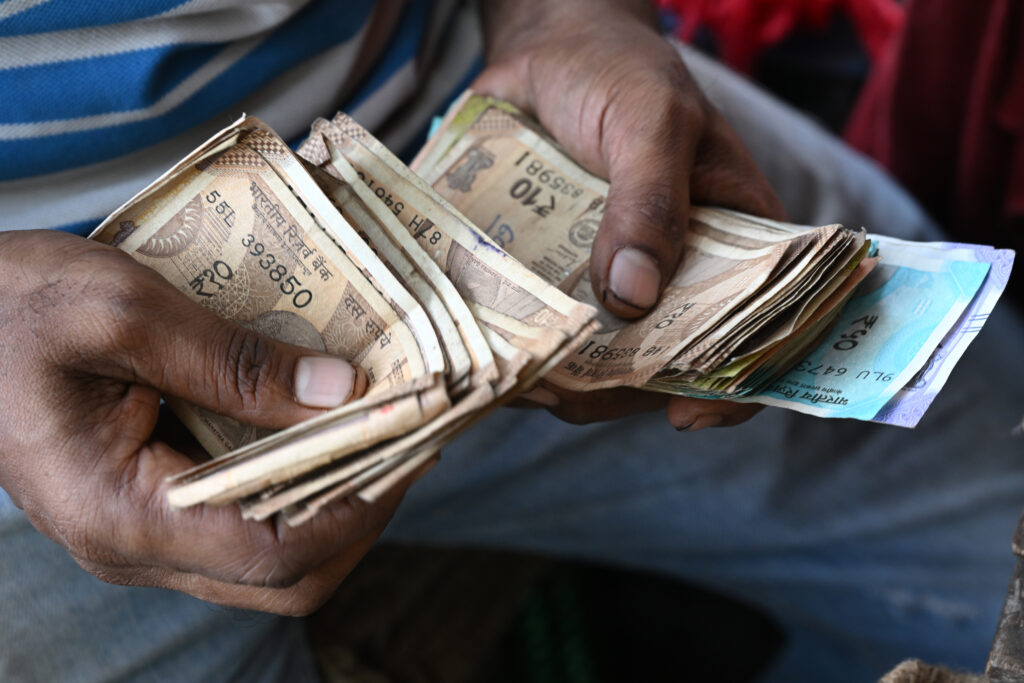Stocks mixed as traders eye US data for Fed signals
Stock markets diverged Monday as investors awaited key US data that could play a role in Federal Reserve deliberations ahead of an expected cut to US interest rates next week.Frankfurt led declines in Europe, while Paris and London also slid after a mixed session in Asia.Bitcoin extended its decline during European trading, sliding five percent to around $86,580 amid weaker risk appetite. The cryptocurrency remains well below its record high above $126,200 struck in early October.”Bitcoin tends to be a leading indicator for overall risk sentiment right now, and its slide does not bode well for stocks at the start of this month,” said Kathleen Brooks, research director at trading group XTB.Expectations that the Federal Reserve would continue easing monetary policy into the new year have recently helped equities mitigate lingering concerns about an AI-fuelled bubble.Markets see a 90-percent chance of a third successive US rate cut on December 10, with traders closely watching this week’s American data on private jobs creation, services activity and personal consumption expenditure — the Fed’s preferred gauge of inflation.Bets on a cut surged in late November after several Fed policymakers signalled greater concern over a weakening labour market than stubbornly high inflation.Reports that US President Donald Trump’s top economic adviser Kevin Hassett — a proponent of rate cuts — is the frontrunner to take the helm at the Fed next year added to the upbeat mood.After last week’s healthy gains and Wall Street’s strong Thanksgiving rally, Asian equities closed mixed on Monday.Hong Kong, Shanghai, Singapore and Bangkok rose, but Sydney, Seoul, Wellington, Manila, Mumbai and Taipei dipped.Tokyo sank 1.9 percent as the yen strengthened on expectations the Bank of Japan (BoJ) will lift interest rates this month.Governor Kazuo Ueda said it would “consider the pros and cons of raising the policy interest rate and make decisions as appropriate”, fuelling bets on a hike no later than January.Masamichi Adachi, UBS Securities chief economist for Japan, wrote: “The BoJ is likely to hike its policy rate at the December 19 meeting. Recent remarks and reports… suggest groundwork for a rate hike is underway.””This provided a rare rise for the yen, it also saw yields spike, with the 2-year hitting the highest level since 2008,” said Joshua Mahony, chief market analyst at Scope Markets.Oil prices surged 1.5 percent after OPEC+ confirmed it would not hike output in the first three months of 2026, citing lower seasonal demand.The decision comes amid uncertainty over the outlook for crude as traders look for indications of progress in Ukraine peace talks, which could lead to the return of Russian crude to markets.- Key figures at around 1100 GMT -London – FTSE 100: DOWN 0.1 percent at 9,712.86 pointsParis – CAC 40: DOWN 0.7 percent at 8,067.78Frankfurt – DAX: DOWN 1.3 percent at 23,529.77Tokyo – Nikkei 225: DOWN 1.9 percent at 49,303.28 (close) Hong Kong – Hang Seng Index: UP 0.7 percent at 26,033.26 (close)Shanghai – Composite: UP 0.7 percent at 3,914.01 (close)New York – Dow: UP 0.6 percent at 47,716.42 (close)Euro/dollar: UP at $1.1629 from $1.1604 on FridayPound/dollar: DOWN at $1.3225 from $1.3245Dollar/yen: DOWN at 155.26 yen from 156.10 yenEuro/pound: UP at 87.92 pence from 87.60 penceBrent North Sea Crude: UP 1.5 percent at $63.28 per barrelWest Texas Intermediate: UP 1.5 percent at $59.44 per barrel






